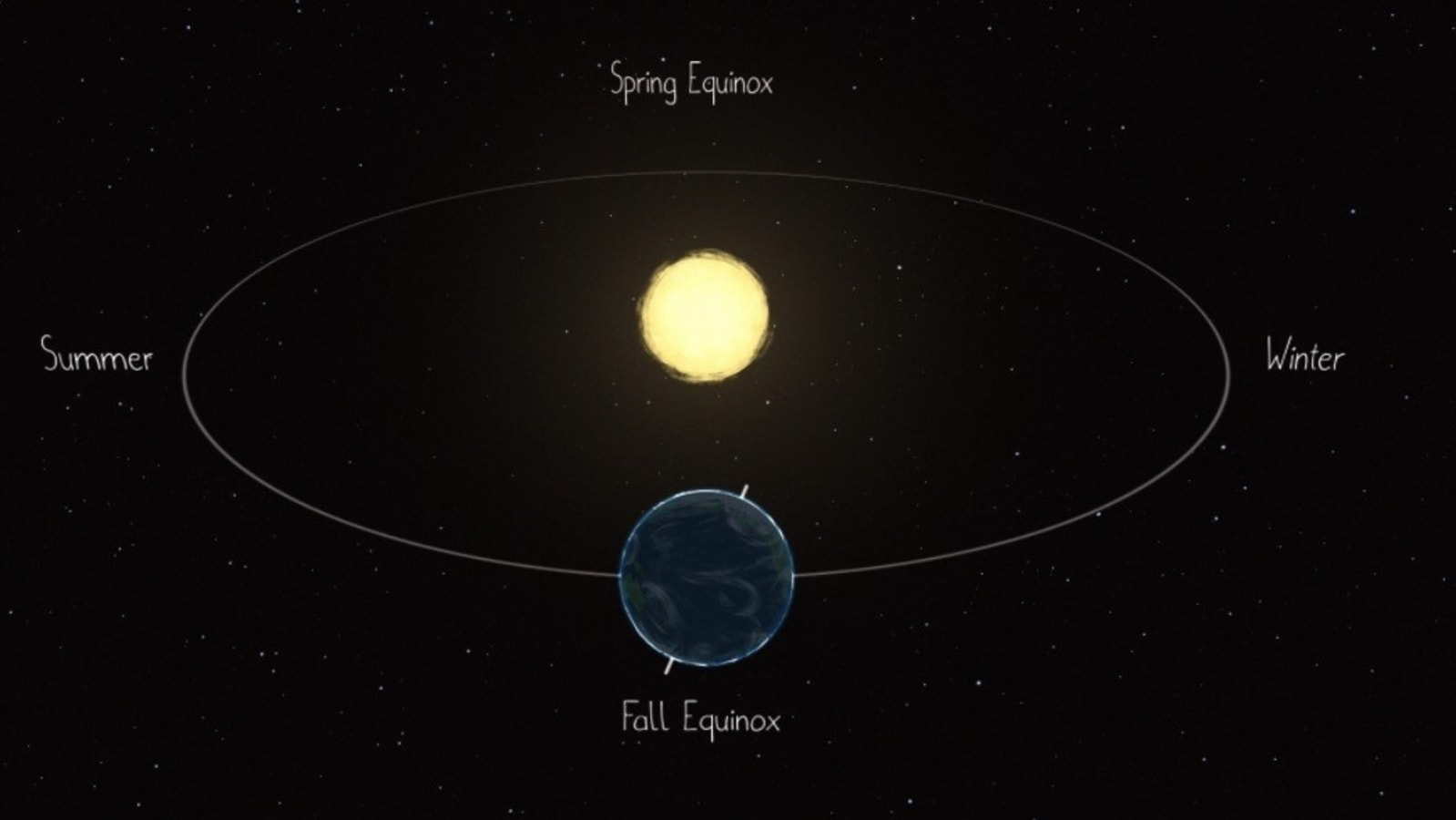Perihelion! When space travelling Earth came closest to our Sun
Earth orbits the Sun and in its space travels, comes closest to the Sun once a year. Know exact date and time Perihelion took place in 2022.
The Earth orbits the Sun. It does so in an elliptical orbit, instead of a circle, and achieves a complete turnaround in an year. Earth speed, in its space travel, is approximately 107,000 miles per hour. Hence, it makes sense that Earth swings closest to the sun once every year and that it does in January every year. It comes 3% closer to the sun – roughly 3 million miles (5 million km) in early January, when it’s winter for the Northern Hemisphere. This year, the perihelion which means earth’s closeness to the sun took place on January 4 and the exact time was 6:52 UTC (12:52 a.m. CST).
Earth aphelion (farthest point from the sun) takes place in early July. It’s nearly 93 million miles (150 million km) away during July when it’s summer in the Northern Hemisphere.
So Earth’s orbit isn’t a circle, instead, it’s nearly circular. However, it’s not our distance from the sun that creates winter and summer on Earth. Instead, it is caused due to the tilt of our world’s axis. Northern part of Earth is tilted away from the sun during winters while, in summer, it is tilted toward the sun. The earth’s maximum tilt toward or away from the sun is the December or June solstice.
Earth’s orbit does affect length of the season
Though Earth’s orbit is not responsible for the seasons, it’s closest and farthest points to the sun do affect seasonal lengths. According to Earthsky.org, when the Earth comes closest to the sun every year in early January, our world is moving fastest in orbit i.e, almost 19 miles per second (30.3 km/sec). It is about 0.6 miles per second (one km/sec) faster than when Earth is farthest from the sun in early July. Thus, the Northern Hemisphere winter and Southern Hemisphere summer are the shortest seasons.
However, summer in the Northern Hemisphere lasts for nearly five days longer than our winter season while Southern Hemisphere winter is nearly five days longer than summer.
For all the latest Technology News Click Here

